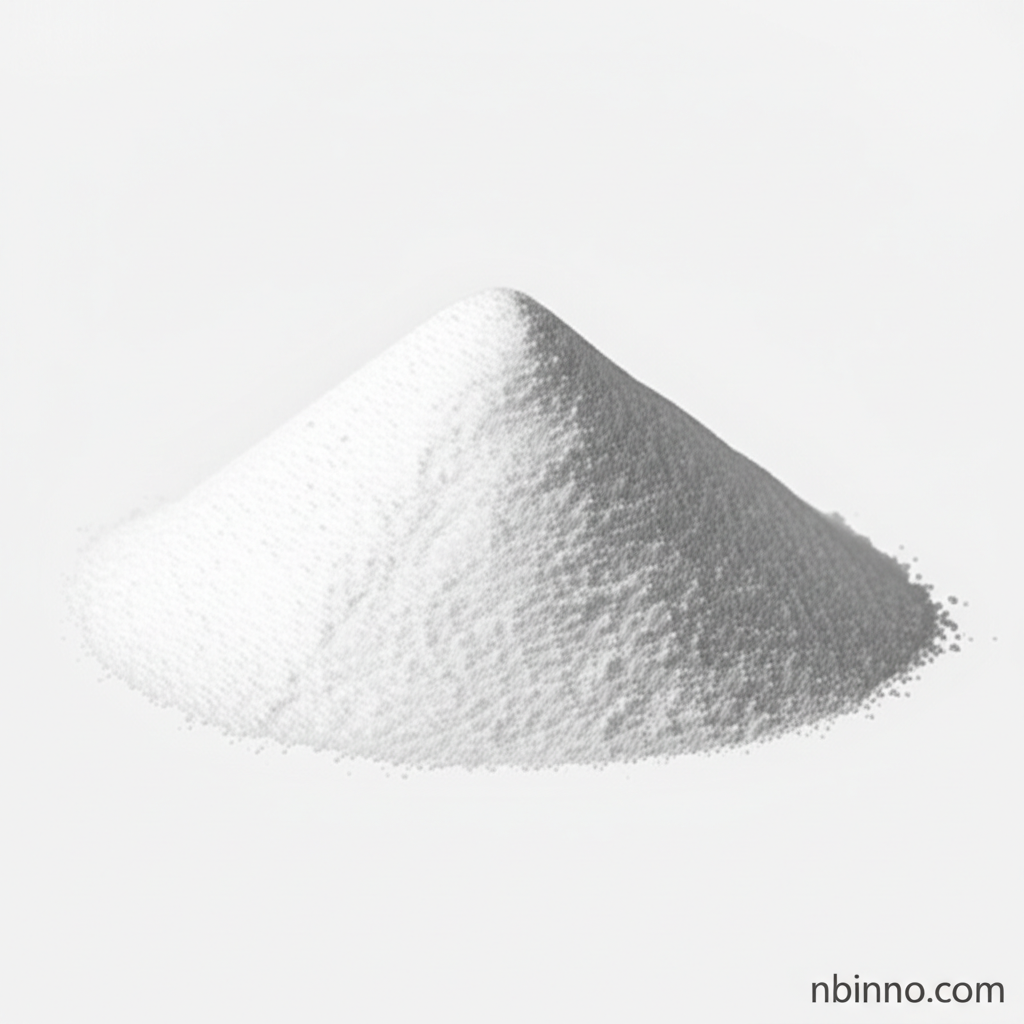Sodium Tripolyphosphate (STPP): A Versatile Chemical for Superior Cleaning and Industrial Processes
Discover the essential role of STPP in detergents and industries, enhancing performance and efficiency.
Get a Quote & SampleProduct Core Value

Sodium Tripolyphosphate
Sodium Tripolyphosphate (STPP) is a vital inorganic compound, widely recognized for its significant contributions as a builder and water softener in the detergent industry. Its unique chemical structure allows it to effectively sequester calcium and magnesium ions, which are the primary causes of water hardness. This action ensures that surfactants in detergents can perform optimally, leading to enhanced cleaning power and preventing soap scum formation.
- The industrial uses of STPP extend beyond laundry, showcasing its versatility. As a chelating agent, it binds tightly to metal ions, preventing them from interfering with the detergent's primary cleaning action.
- Understanding the benefits of STPP in laundry reveals its importance in achieving spotless clothes. It effectively suspends dirt during the wash cycle, preventing it from redepositing onto fabrics, thus maintaining color vibrancy and fabric integrity.
- STPP's role as a pH buffer is critical in maintaining optimal conditions for cleaning agents. It helps to create an alkaline environment that further aids in the breakdown of stubborn stains and grease, making it an indispensable component for tough cleaning tasks.
- Exploring the environmental impact of phosphates highlights the ongoing discussion around STPP. While beneficial for cleaning, its presence in wastewater can contribute to eutrophication, leading to regulations in many regions.
Key Advantages
Enhanced Cleaning Efficiency
STPP's ability to soften water by chelating metal ions significantly boosts the performance of surfactants, leading to superior stain removal and brighter fabrics, making it a prime choice for hard water laundry solutions.
Broad Industrial Applicability
Beyond detergents, STPP serves crucial roles in industries like ceramics, leather tanning, and paper manufacturing, acting as a deflocculant, masking agent, and dispersant, respectively, demonstrating its wide industrial uses of STPP.
Cost-Effectiveness and Performance Balance
For many applications, STPP offers a remarkable balance between high performance and cost-effectiveness, making it a preferred choice for detergent producers seeking efficient formulations without exorbitant expenses. Many seek STPP price information to leverage this advantage.
Key Applications
Detergent Formulations
As a primary builder, STPP is essential for improving the cleaning power and water softening capabilities of both powder and liquid detergents. Its role in sodium tripolyphosphate for detergents is widely documented.
Ceramics Manufacturing
In the ceramics industry, STPP acts as a deflocculant, reducing the viscosity of slips and glazes, which aids in the shaping and finishing processes of ceramic products.
Leather Tanning
STPP is utilized in leather tanning as a masking agent and synthetic tanning agent, improving the penetration and evenness of tanning chemicals.
Water Treatment
Its chelating properties make STPP useful in certain water treatment applications to bind metal ions and prevent scale formation.
